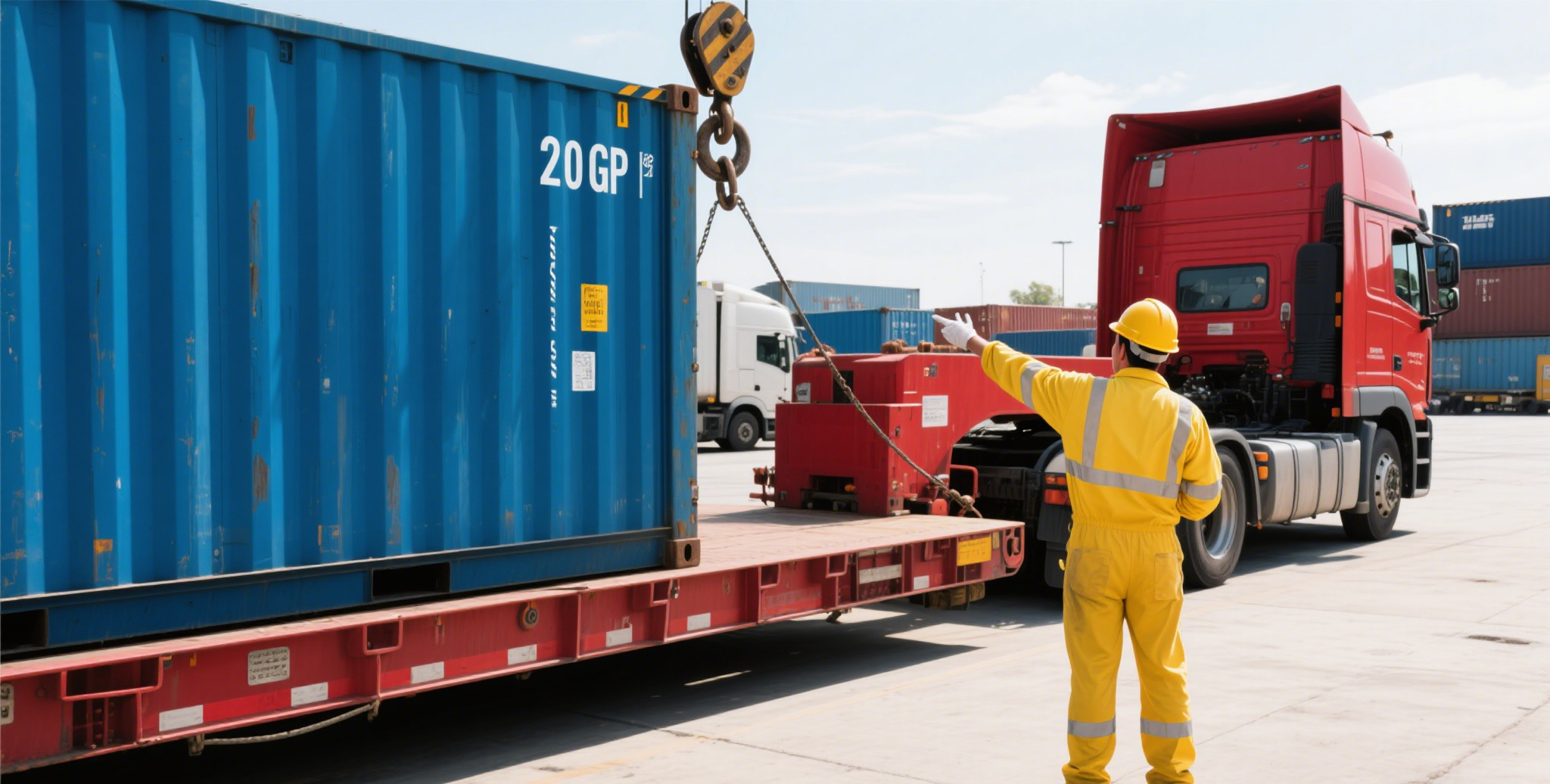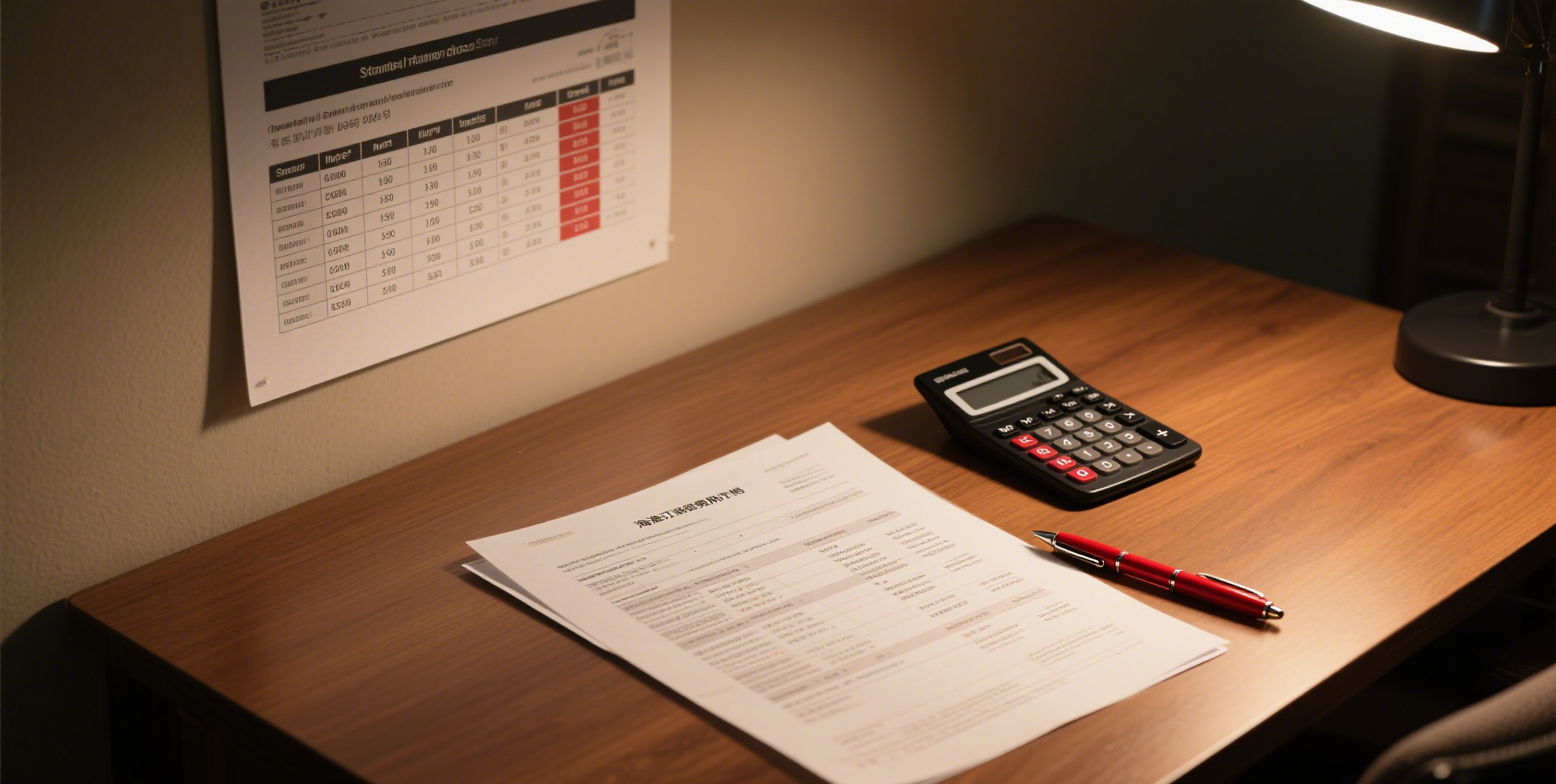SOLUTION
For the logistics industry The perfect transportation solution
Charter broker
|
Maritime Shipping Space Booking: Navigating the Procedures and Key Precautions
Maritime shipping space booking is an indispensable and crucial link in international trade, which involves the loading of goods onto ships and transportation arrangements. In order to ensure that the goods can reach the destination smoothly and safely, it is particularly important to understand the process and precautions of maritime shipping space booking. The following will introduce in detail the process of maritime shipping space booking and its precautions.
|
The Process of Maritime Shipping Space Booking
| 1. Contact the freight forwarder Firstly, determine the freight forwarder according to the trade terms (such as FOB or CIF). Under the FOB terms, the freight forwarder is designated by the customer, and you need to contact the customer to obtain the contact information of the freight forwarder. Under the CIF terms, the freight forwarder is selected and contacted by the exporter himself/herself. |
 |
|
|
|
 |
2. Submit the booking instruction Submit the booking instruction (Booking), also known as the shipping order, to the freight forwarder. The content of the shipping order should be as complete as possible, including information of the consignor and the consignee (such as company name, address, contact phone number, etc.), the type of container to be ordered (such as 20GP, 40GP, 40HQ, etc.), the port of loading and the port of destination, the name of the goods, the quantity of goods to be loaded into the container, the weight, the dimensions, the HS code, the shipping mark and other information. For heavy goods, even if they have not been weighed, the estimated weight should be calculated and informed to the freight forwarder. Generally, booking should be made 1-2 weeks in advance, and even earlier during holidays or special periods. |
| 3. Confirm the booking The freight forwarder will apply for space booking to the shipping company. Once the shipping company accepts the booking application, it will send an SO (Shipping Order), which is also known as the cargo receipt notice or booking confirmation. The SO contains key information such as the name of the ship, the voyage number, the flight number, the booking number, and the bill of lading number. |
 |
 |
4. Arrange container loading According to the information on the SO, arrange for the trailer to pick up the container, load it, and return it to the yard. There are two ways of container loading: one is to arrange for a trailer by oneself to pick up the container at the terminal, bring it back to the factory for loading, and then return it to the terminal; the other is for the freight forwarder to contact the shipping company to arrange matters such as trailer arrangement and container pickup. Before loading the container, it is necessary to check the container number on the container return slip to prevent loading the wrong goods. The goods need to be weighed before being loaded into the container to ensure that the weight is consistent with the customs declaration documents. |
| 5. Customs Declaration Prepare customs declaration documents (such as invoices, packing lists, contracts, certificates of origin, etc.), complete the customs declaration before the closing time, and obtain the approval of customs clearance. |
 |
 |
6. Loading onto the Vessel and Issuing of the Bill of Lading After the goods have been cleared by the customs, the port terminal and the shipping company will arrange for the containers to be loaded onto the ship. After the ship departs, the shipping company usually issues the bill of lading within one week. The bill of lading serves as the transportation document for the goods and the basis for settlement. It is necessary to carefully check the content of the bill of lading to ensure its accuracy. |
| 7. Settlement of Fees and Transmission of the Bill of Lading Pay the freight according to the terms of the contract. Generally, a partial deposit is paid before the goods are loaded onto the ship, and the remaining balance is paid after the loading. Transmit the bill of lading and relevant customs clearance documents to the customer. If the customer requests the surrender of the bill of lading by telex release, a telex release guarantee letter should be provided. |
 |
| Precautions | |
| 1.Prepare in Advance Maritime shipping space booking requires advance preparation, including contacting the freight forwarder, preparing the documents, and learning about the shipping routes and vessel schedules, etc., to avoid delays caused by insufficient preparation. |
 |
 |
2.Accuracy of Information The information in the booking instruction and customs declaration documents must be accurate. Any error or omission may lead to difficulties in booking the shipping space or problems in subsequent procedures. |
| 3.Pay Attention to Time Nodes Strictly abide by the cut-off time for shipping documents and the cut-off time for the port, and ensure that operations such as container loading and customs declaration of the goods are completed within the specified time. |
 |
 |
4.Select Reliable Partners Choose shipping companies and freight forwarders with a good reputation to ensure the quality of service and the safety of the goods. |
| 5.Be Aware of Additional Fees Understand the possible additional fees (such as demurrage for overstaying in the yard, fee for changing the shipping vessel, overdue container rental, etc.) to avoid unnecessary losses. |
 |
 |
6.Retain Documents Keep copies of all relevant documents for future reference and to deal with any potential issues that may arise. By following the above procedures and precautions, the smooth progress of maritime shipping space booking can be ensured, providing a strong guarantee for the safe transportation of goods. |






